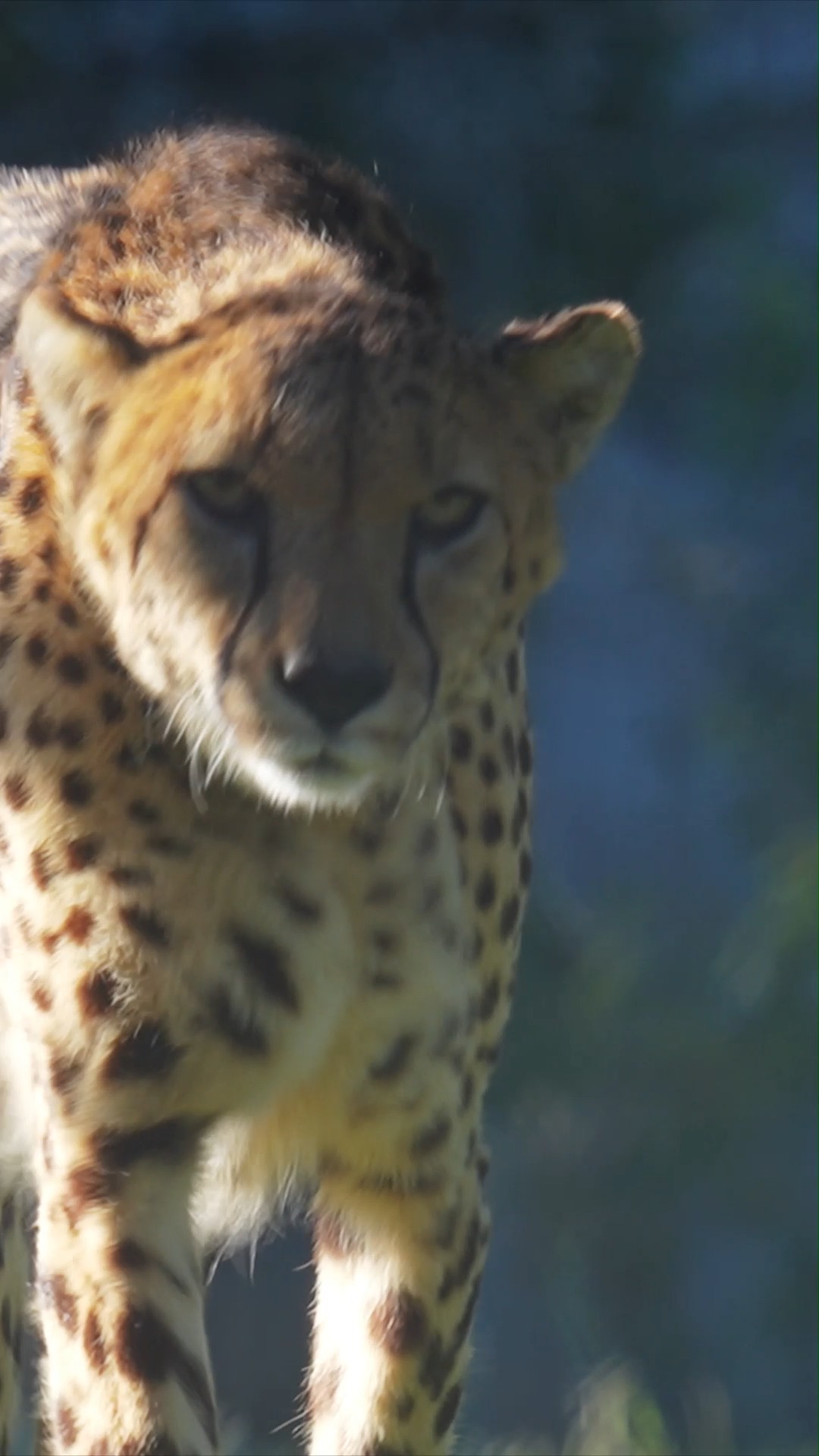- Understanding cheetah vocalizations and their biological reasons.
- Differences between cheetah vocal mechanisms and other big cats.
- Impact of cheetah vocalizations on communication and behavior.
- The role of cheetah vocal habits in conservation and zoo management.
- Future implications for cheetah survival and conservation efforts.
Cheetahs are fascinating creatures renowned for their speed and grace. However, their vocalizations are equally compelling, particularly the fact that cheetahs meow. This seemingly ordinary sound is rich with biological intricacies that set cheetahs apart from other large predators. Unlike big cats like lions and tigers, cheetahs lack a specific adaptation, leading to their unique vocal repertoire.
Cheetahs communicate using a variety of sounds including meows, purrs, chirps, and yelps. These sounds are due to the structure of the cheetah’s hyoid bone. Unlike lions and tigers, which possess a flexible hyoid and specialized laryngeal apparatus that enables them to roar, cheetahs have a rigid hyoid bone. This structure aligns more with domestic cats, resulting in vocalizations that are softer and more varied. Each sound serves a particular purpose, whether it’s expressing stress, seeking attention, or facilitating mother-cub communication.
The difference in vocal mechanisms between cheetahs and other big cats is not just academic. It reflects evolutionary pathways influenced by environmental and social factors. Roaring, as seen in lions, is useful for social animals with broad territories. In contrast, the cheetah’s environment and lifestyle necessitate a different communication strategy. Cheetahs are solitary hunters, relying on speed and stealth. Their quieter vocalizations allow them to avoid attracting predators while maintaining contact with their kin.
Cheetah vocalizations are critical for understanding their behavior and interactions. By observing these sounds, researchers can glean insights into the cheetah’s emotional and physical state. These vocal signals play a crucial role in mother-cub dynamics. Chirping is particularly vital, enabling mothers to call their young without alerting large predators. The emotional richness encoded in these sounds reflects a sophisticated communication system adapted to the cheetah’s ecological niche.
In zoo management and conservation efforts, understanding these vocalizations is vital. As cheetahs are highly susceptible to stress, recognizing and interpreting their sounds can significantly impact their well-being in captivity. This insight aids in creating environments that cater to their needs, optimizing their health and breeding success. Conservation programs benefit from this knowledge by facilitating controlled exposure, reducing stress, and encouraging natural behaviors that enhance survival rates.
The current state of cheetah populations necessitates ongoing study and conservation efforts. With threats from habitat loss, human-wildlife conflict, and genetic bottlenecking, understanding cheetah behavior is more critical than ever. Vocal behavior studies can inform and improve practices, ensuring that conservation strategies remain effective and relevant. Integrating this knowledge into fieldwork promises to bolster efforts dedicated to preserving cheetahs and ensuring their continued presence in the wild.
In conclusion, the cheetah’s distinct vocalizations are more than simple sounds. They’re a window into the species’ evolutionary history, social behavior, and survival strategies. As conservationists work to secure a future for these swift predators, every chirp, meow, and purr becomes an essential piece of the puzzle in understanding and protecting an iconic species facing formidable challenges. Through these efforts, we gain not only scientific insight but a deeper appreciation of the delicate balance within the natural world.
*****
Source Description
You’re being hunted but hear this, are you still running? 🐆
Cheetahs meow because, unlike big cats like lions and tigers, they lack a specialized hyoid bone and the laryngeal adaptations needed to roar. Instead, their vocalizations are more like those of house cats, including meows, chirps, purrs, and even yelps!


